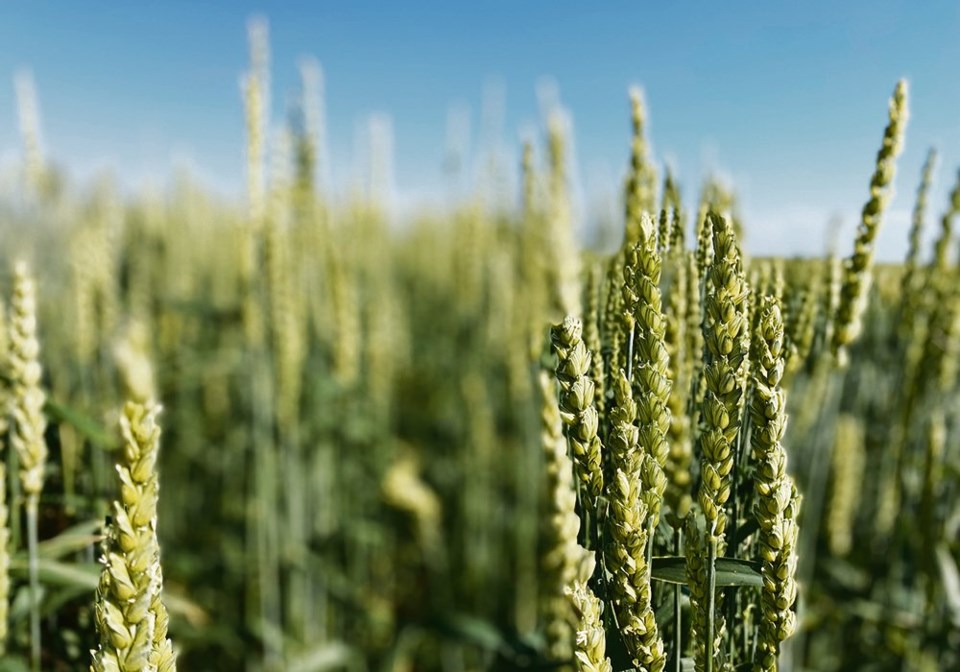WESTERN PRODUCER — There were precious few western Canadian crop tours this year outside of one conducted by Argus Media.
“I’m not aware of any other remotely public ones,” said Neil Townsend, chief market analyst with FarmLink Marketing Solutions.
He believes this is one of the lingering hangover effects of COVID-19.
“The pandemic sort of stalled out crop touring for a while,” said Townsend.
“Something that is not in motion is hard to get in motion.”
FarmLink used to be one of a small group of organizations that conducted annual crop tours and publicly released the yield estimates.
Townsend said it put a lot of effort into the tours because FarmLink believes markets trade better when there is transparency.
But some of the company’s clients wanted to keep the results in-house rather than releasing them publicly.
Another factor working against crop tours in Western Canada is that it is such a vast area and there are so many different crops of interest.
Also, many people say they are too busy and don’t have time to help on the tours.
Argus Media, however, did organize a five-day tour in early August. It focused on the two main money-making crops grown in Western Canada.
The company forecasts a spring wheat yield of 53.3 bushels per acre, eclipsing the Olympic five-year average of 52.4 bu. per acre.
The canola forecast is 41 bu. per acre, which is slightly below the five-year average of 41.6 bu. That average does not include the drought-ravaged 2021 season.
Statistics Canada releases its first official crop production estimate on Aug. 29 followed by a second one on Sept. 14.
Both will be model-based estimates with the first derived from an analysis of July conditions and the second based on August conditions.
Townsend said Argus Media’s spring wheat number is “very plausible” based on his discussions with clients and others.
“It’s within the realm of where we’re at,” he said.
“We would say there’s a high probability that the five-year average is exceeded.”
The Argus canola estimate also seems realistic.
“For whatever reason, canola has a few more nicks and cuts to it that are preventing it from beating that average,” said Townsend.
Two cars were used for the Argus tour. One covered a winding route between Winnipeg and Saskatoon. The other travelled in a large circle between Saskatoon and Calgary.
Each car covered more than 2,000 kilometres of prairie farmland in five days, representing an estimated 80 percent of the total prairie growing region.
Yield estimates were based on a mix of conversations with farmers and random plot counts.
Maxence Devillers, grain analyst with Argus Media, said spring wheat yields were above average through most of Alberta but below average in a large portion of western Saskatchewan.
Argus is forecasting 26 million tonnes of spring wheat production and 2.4 million tonnes of winter wheat production.
That would be the third largest non-durum wheat crop in history behind 2013 and 2020.
Argus partnered with LeftField Commodity Research on the tour.
LeftField vice-president Jonathon Driedger said the canola crop got off to a challenging start in the western Prairies due to dry conditions.
“It got to the point where it looked quite dire until there were some timely rains,” he said.
It was the opposite scenario in the eastern Prairies where it was too wet.
“It also was perhaps close to being an utter disaster until there was a window of some favourable weather to get the crop in,” Driedger said in a webinar organized by Argus.
The crop is now generally in good condition, although there are some areas where it is quite late. Many canola fields were still blooming during the early-August tour.
He is particularly concerned about frost damage in an area west of Saskatoon stretching to the Alberta border and a circle around Edmonton and Calgary.
Driedger is forecasting 19.6 million tonnes of canola production, which would be tied for the fourth largest crop on record behind 2017, 2018 and 2019.
Townsend said there is more chance of canola yields slipping lower than higher, especially when the frost factor is considered. He has heard one weather forecast calling for a damaging frost in the second week of September.
Driedger noted that Canada’s canola production has been essentially stagnant for the last seven years, with the exception of last year’s drought disaster.
That should be worrisome for importers because domestic crush is forecast to rise to 16 million tonnes by 2025-26, up from an estimated 10 million tonnes in 2022-23.

